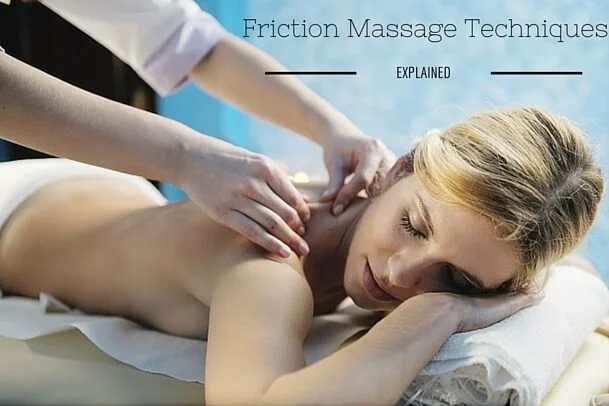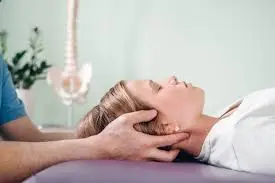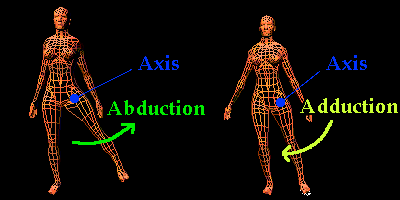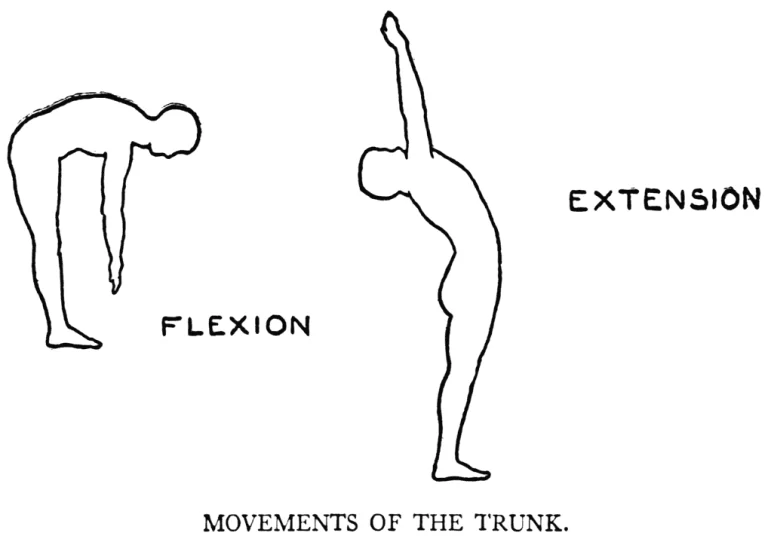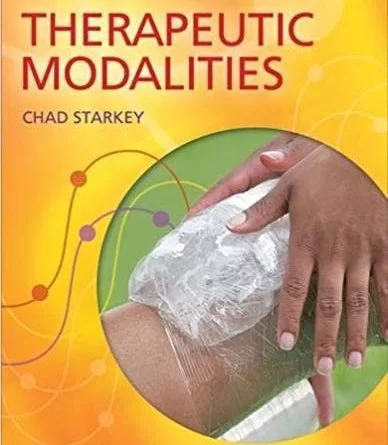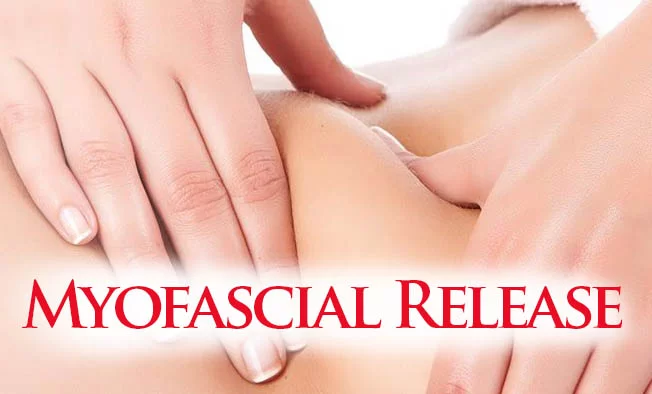Deep Friction Massage: To reduce Pain and Muscle Spasms
Table of Contents
What is a Deep Friction Massage?
Definition:
- Friction is a massage technique used to increase circulation and release areas that are tight; particularly around joints and where there are adhesions within the muscles or tendons. Friction is defined as “an accurately delivered penetrating pressure applied through fingertips”.Cyriax, who is seen as the founder of friction therapy, believed that deep frictions are appropriate for the treatment of tendinopathy, muscle strains, ligament lesions, and scar healing.
Introduction:
- Deep friction massage is a specific connctive tissue massage that was developed by Cyriax. The purpose of deep friction massage is to maintain mobility within the soft tissue structures of ligament, tendon, and muscle and prevent adherent scars from forming. The massage is deep and must be applied transversely to the specific tissue involved unlike the superficial massage given in the longitudinal direction parallel to the vessels which enhances circulation and return of fluids. Before friction massage can be performed successfully, the correct structure must be found through proper evaluation procedures. The distinction must be made between contractile structures such as the muscle belly,musculotendinous junction, tendon,and tendon-periosteal junction and noncontractile structures such as the joint capsule, bursae, fascia, dura mater, and ligament.
Purpose of Deep Friction Massage Technique:
- The role of the therapist is to minimize the scarring that develops perpendicular to the actin and myosin filaments, facilitate the proliferation of the fibroblasts in the scar, and develop a strong, mobile scar that won’t be a source of recidivating pain when returning to normal activities.
The goal of friction massage is to influence cell behavior in all soft tissues. Friction massage is supposed to induce:
>Traumatic hyperemia, which helps to evacuate pain triggering metabolites.
>Movement of the affected structure which prevents or destroys adhesions and helps optimize the quality of scar tissue
and mechanoreceptor stimulation.
>Stimulation of mechanoreceptors, producing a quantity of afferent impulses that stimulate a temporary analgesia.
>Fibroblastic proliferation, is responsible for the repair in the regeneration of collagen.
>Realignment of collagen fibers, determined by the magnitude of applied pressure.
Basic Principle of Deep Friction Massage
- In addition to finding the right spot, the massage must also be given the most effective way by following these basic principles:
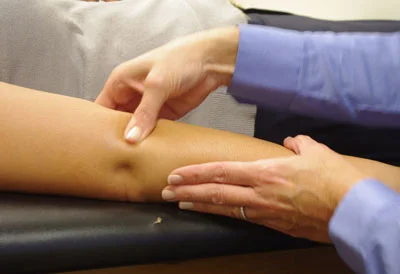
> The proper location must be found through proper evaluation procedures and palpation of the specific tendon, ligament, or muscle.
> Friction massage must be given across the affected fibers. The thicker and stronger a normal structure, the more
important friction is given strictly across the grain.
> The therapist’s fingers and patient’s skin must move as one, otherwise moving subcutaneous fascia against muscle or ligament could lead to blister formation or subcutaneous bruising.
> The friction massage must have sufficient sweep and be deep enough.
> The patient must be in a comfortable position.
- The frequency and duration of treatment vary with the severity and type of the injury. In a recent injury, i.e. ligament sprain, start daily with gentle massage to keep mobility. It is important for the therapist to distinguish between tenderness and pain. Tenderness can be due to deep friction and can persist long after the pain disappears. Pain is elicited by clinical assessment and reassessment. Deep friction massage may be given every other day or when the excess tenderness has worn off. The duration of the treatment varies; for example, with an acute ligamentous injury, the gentle massage performed may last only 1-2 minutes. However, it may well take several minutes to be able to get your fingers on the structure depending on the severity of pain. With deep friction massage, the treatment will last 10-15 minutes.
Contraindication:
– Ossification and calcification of soft tissues
– Rheumatoid tendinous lesions
– Ulcers, blisters, or psoriasis
– Bacterial infections
– Large hematomas in the area
– Bursitis
– Local sepsis
– Any local skin diseases
Uses of Deep Friction Massage:
1. Pain relief:
–The analgesic effect of the massage can last up to 24 hours.
2. Stimulation of fiber orientation in regenerating connective tissue:
–Transverse friction when applied in early repair cycle enhances remodeling and hence reorientation of the collagen
fibers in a longitudinal manner.
3. Prevention of adhesion formation:
–As friction massage causes a transverse movement of the collagen fibers it helps in preventing adhesion formation.
In situations where adhesion is already formed more intense friction can help to break them as well. In such cases
friction is used to mobilize the scar tissue and break the cross linkages between the connective tissues and the
surrounding structures.
4. Traumatic hyperaemia:
–As it is a forceful and deep movement it effectively causes increased blood flow to the local area of application
through vasodilatation. This assists in the removal of chemical irritants and allow the transportation of endogenous
opiates, thus causing pain relief.
Types of Deep Friction Massage Techniques
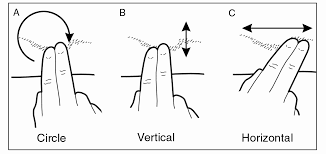
Techniques as a Physiotherapy Treatment:
The 8 rules of deep friction massage are:
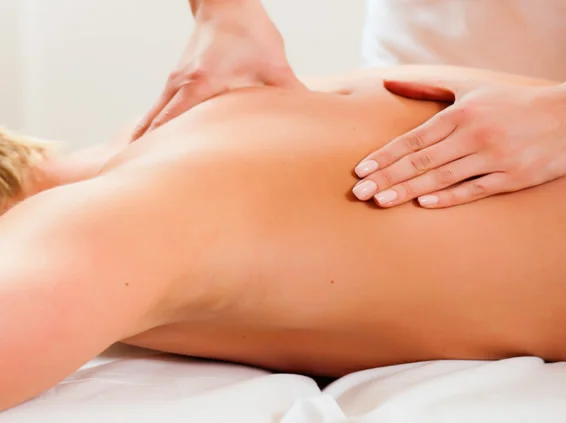
- Diagnostic movements and palpation must single out the tissue at fault and the exact location of that tissue.
- The physiotherapist’s fingers and the patient’s skin must move simultaneously to avoid injury to the skin.
- The massage must be given perpendicular to the tissue’s fiber to smooth the scar down.
- The massage must be given with sufficient sweep to assure that the whole scar is treated.
- The friction must be given deeply and administered within the patient’s pain tolerance. The pain will gradually diminish during the massage.
- The patient must adopt a posture that will adequately expose the tendon.
- If the lesion lies in the belly of the muscle, the muscle must be put on slack. This will aid in separation of the
muscle fibers during the massage. - Tendons with a sheath must be put on a stretch to assure the maximum success of the massage.

( The contraindications include skin diseases, inflammation due to bacterial action, traumatic rheumatoid arthritis,
calcification in soft tissue, bursitis, and tunnel syndromes.)

